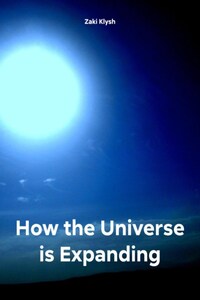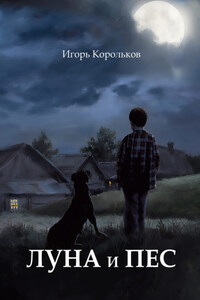Judge the day not by the harvest you have gathered, but by the seeds you have sown on this day.
Robert Louis Stevenson (1850-1894)
Expansion of the universe… It sounds somehow incomprehensible, but at the same time alarming and even threatening. If the universe is expanding, then there must be some limit.
Therefore, the question arises: the galaxies that make up the universe will eventually fly apart and get lost in the cosmic infinity, or will something else await them?..
The expansion of the universe is sometimes presented in the form of an ordinary balloon with dots applied. When the balloon is inflated, the dots will evenly move away from each other, or another example, you can bake a pie from yeast dough with raisins.
During the cooking process, the dough increases, and the raisins also move away from each other.
But let's try to imagine the expansion of the universe even more simply, in the form of a scheme.
SCHEME 1
But if you look at the scheme differently, you can see that there is some
dot.
SCHEME 2
Perhaps this will be the birthplace of the universe. The Big Bang theory leads to such an understanding of the universe. This theory explains the birth of the world. The beginning was matter concentrated at one point. Further evolution led to the formation of the universe.
It would seem that everything is correct, and it is difficult to question what is already becoming the truth.
But let's try to move away from this and look at everything differently.
Perhaps much of what is now difficult to explain will become clear.
In 1929, Edwin Powell Hubble (1889-1953) formulated a well-known law named after him, Hubble's law.
He found that the cosmological redshift of the lines in the spectrum of distant galaxies is greater than that of nearby galaxies, and increases in proportion to the distance.
That is, the universe is expanding, and not just expanding, but uniformly and in all directions.
Galaxies are moving away from each other at a certain speed.
Such a model only works over huge distances.
Hubble's law also allows us to determine the age of the universe —13.799 ± 0.021 billion years.
It has also been found that supernovae in distant galaxies have a lower brightness than expected. That is, the distance to these galaxies is greater than that which was calculated based on the established value of the Hubble parameter.





